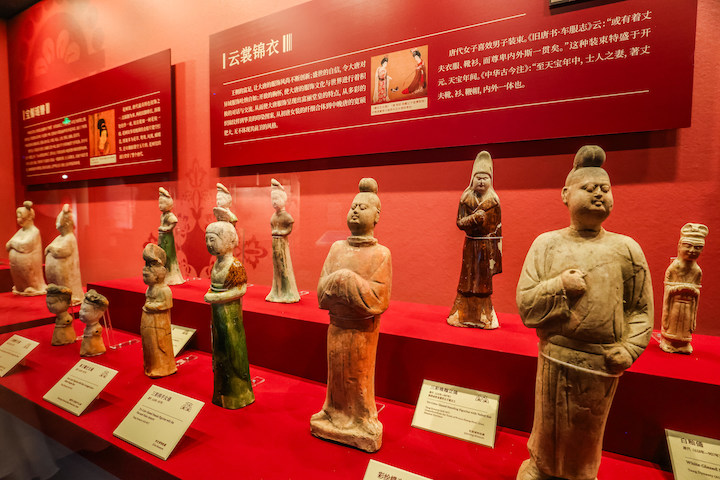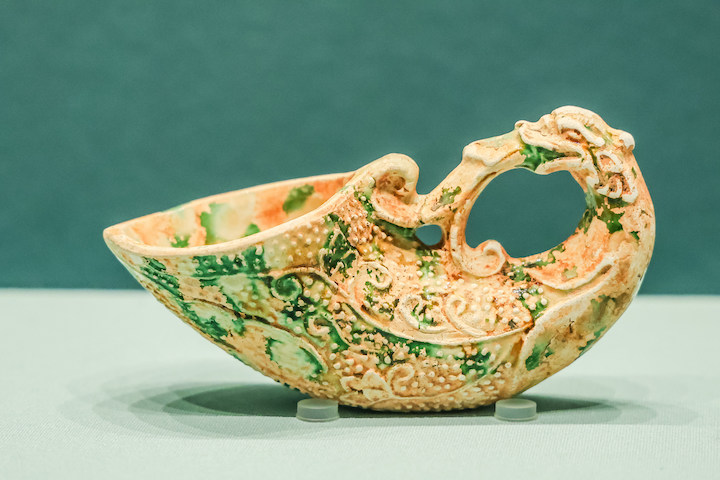On June 19, 2024, the China National Silk Museum proudly unveiled the “Heavenly Palace: Chang’an on the Silk Roads” exhibition. This grand event is divided into five thematic sections: The Capital of the World, The Commercial Capital, The Cultural Capital, The Fashion Capital, and Chang’an and Zhejiang.
The Silk Road has long been a crucial channel for the exchange and dialogue between Eastern and Western civilizations, significantly contributing to global prosperity for nearly two millennia. Along this historic route, ancient Chang’an stood as a beacon of openness, inclusiveness, diversity, and harmony, embodying the majestic spirit of the Han and Tang dynasties. This city illuminated Chinese civilization on the global stage. Meanwhile, Zhejiang, a key juncture at both the beginning and end of the ancient overland and maritime Silk Roads, continues to play a vital role in the Belt and Road Initiative. Spanning vast distances and countless eras, the Silk Road has cultivated a spirit characterized by peace and cooperation, openness and inclusiveness, mutual learning, and reciprocal benefits. This enduring Silk Road spirit remains vibrant and relevant today.
During the Han and Tang dynasties, Chang’an served as the starting point of the ancient Silk Road, acting as a vital nexus that connected the East and West across the Eurasian continent. With its thriving economy, radiant culture, and welcoming inclusivity, Chang’an emerged as a magnificent global metropolis and a dynamic hub for cultural exchange between China and the world.
This year marks the tenth anniversary of the “Silk Roads: the Routes Network of Chang’an-Tianshan Corridor” being designated a UNESCO World Heritage site. For centuries, the Silk Road culture epitomized by Chang’an — renowned for its openness, inclusivity, and mutual exchange — has been celebrated worldwide. Through the exhibition of archaeological discoveries and exquisite artefacts, we aim to revive the captivating charm of this world city and celebrate the magnificent prosperity of the Silk Road.
The exhibition is innovative in four key aspects: concept, content, form, and dissemination. It adopts the new curatorial theory of “User Generated Content (UGC)” and employs immersive design to enhance sensory experiences. By creatively integrating the historical background of the Beijing-Hangzhou Grand Canal as a vital artery for intercity communication, the exhibition highlights the close connection between Chang’an and Zhejiang. It affirms Zhejiang’s pivotal role as both the starting and ending points of the land and maritime Silk Roads.
Running until October 7, 2024, the exhibition features over 210 exhibits, including over 50 primary cultural relics, offering visitors a unique opportunity to explore the grandeur and historical significance of Chang’an and the Silk Road.








